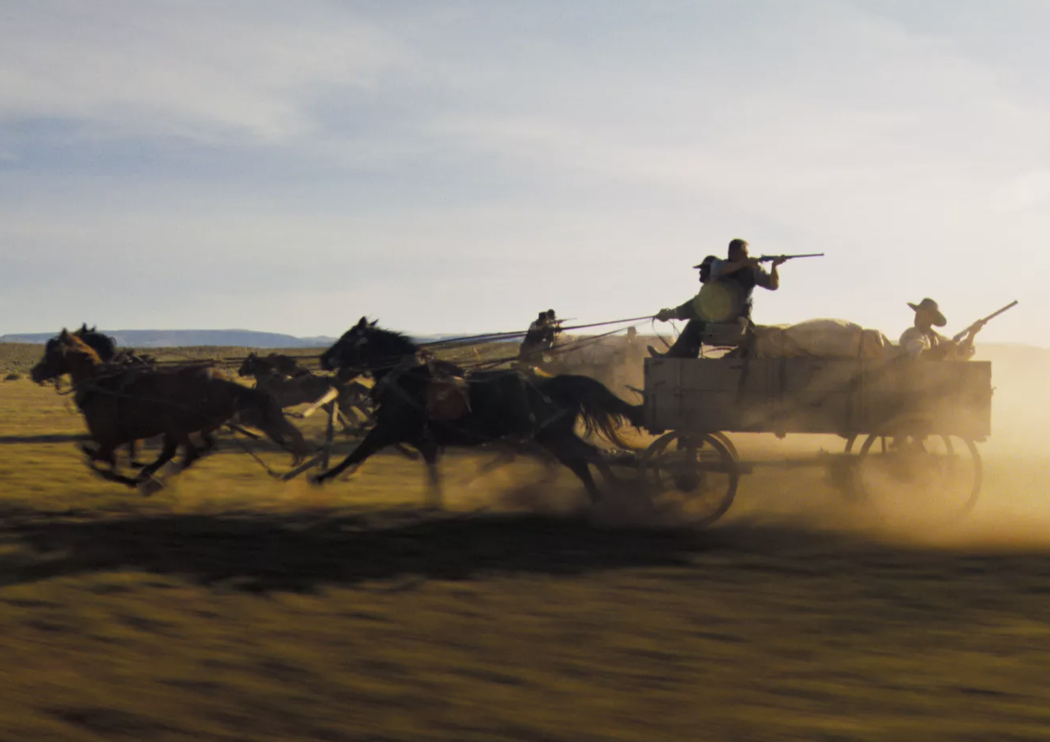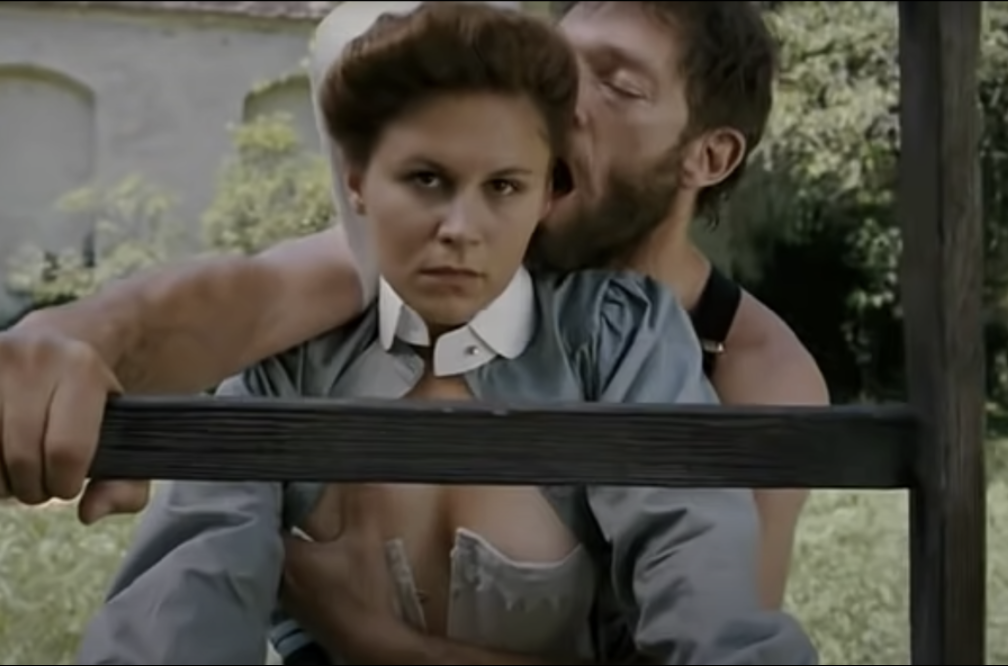Hollywood Elsewhere mildly….no, take that back…heartily approves of Simon Stone‘s The Dig (Netflix, 12.29). That means I wasn’t exactly knocked flat but it did move me in a gently nudging way, and that I found it generally pleasing as far as this kind of modest and unassuming British period drama goes. And I loved Ralph Fiennes‘ performance as real-life archeological excavator Basil Brown — his gutty working-class accent is note perfect, but the performance is in his eyes…at various times determined, defiant, sad, compassionate.
And Carey Mulligan‘s Edith Pretty…wow! Talk about a performance at once strong, heartbreaking (as in sadly resigned) and resilient. Between this, Promising Young Woman and her Netflix detective series Collateral, there’s no disputing that she’s sitting high atop the Alpine peak these days…she and Streep, Blanchett, Davis, Ronan, Williams.
It tells the story of the famous Sutton Hoo dig of 1939, which uncovered a sixth-century Anglo Saxon burial site. It’s about a lot more than soil and geology and long-buried artifacts, of course. Pretty, the ailing owner of a large Suffolk estate, hires Brown to discover what may or may not be lying underneath some large mounds on her property. Once the importance of Brown’s find gets around, establishment archeologists rush in to share (or even claim) credit, or to try and get rid of Brown because he hasn’t the right speech patterns or pedigree.
Question #1: Around the halfway mark Edith becomes more and more ill with heart disease, Basil’s discovery phase recedes in the mist, and the movie is largely taken over by three young newcomers — Edith’s young, good-looking cousin, Rory (Johnny Flynn), and a loveless couple, Stuart and Peggy Piggott (Lily James, Ben Chaplin). For some reason the narrative dovetails into a heated triangle with James looking to schtup the daylights out of Flynn. Who cares if James gets royally laid or not? I was so put off by this detour that I began to entertain a delicious fantasy — of Lily James never having sex again! Blissful celibacy!
Question #2: Why did Sixth Century Anglo Saxons decide to bury exalted kings and warriors inside a ship, of all things? A rite that required hauling the ship out of water, hauling it across dry land, digging a huge hole in which to bury it and then covering it up. Why go to all that trouble?
Question #3: Once the remnants of the ship have been fully excavated, we can see impressions of the ribs of the hull. The wood, I presume, has long since rotted or been eaten away but impressions of the main hull beams remain. But has the wood been completely destroyed by natural elements? The film can’t be bothered to explain. I for one would have liked to know some more archeological particulars. This 1.29.21 National Geographic article helps.













